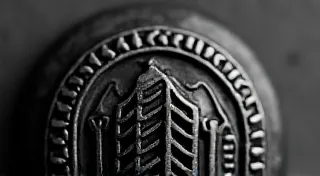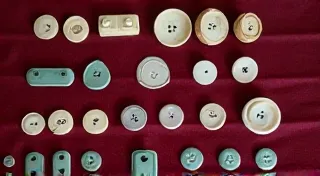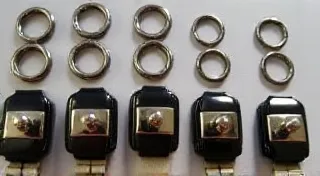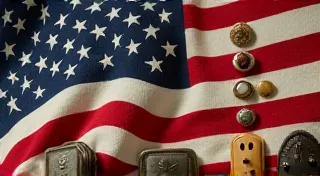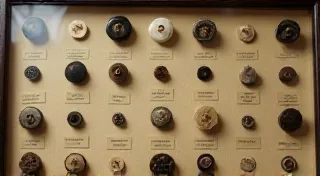The History of Button Making: From Necessity to Decorative Art
Buttons, seemingly simple fasteners, boast a surprisingly rich and complex history. Far from being mere functional objects, they’re miniature works of art, reflecting the technological advancements and social trends of their time. This article delves into the fascinating journey of button making, from its utilitarian origins to its evolution as a decorative art form.
Early Fasteners: Before the Button
Before the “button” as we know it existed, clothing was secured with a variety of methods. Early civilizations used pins made of bone, wood, or bronze to hold garments together. Cloaks and tunics were often fastened with fibulae – decorative pins that held fabric in place. Ties made of string or leather were also common. These early closures served a purely practical purpose – to keep clothing closed – and lacked the aesthetic appeal we associate with antique buttons today.
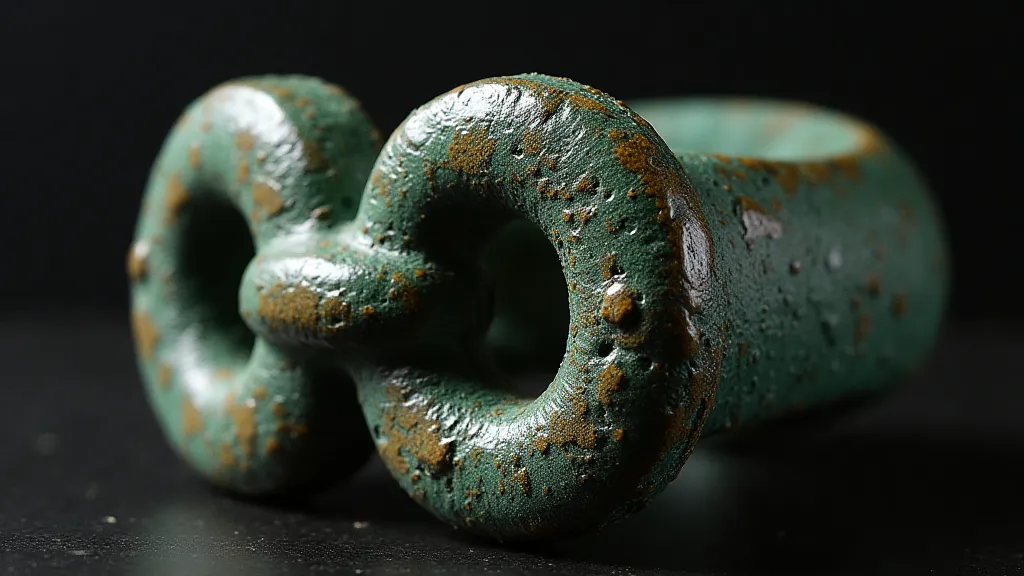
The Emergence of the Button (13th-14th Centuries)
The true precursor to the modern button began to appear in Europe during the 13th and 14th centuries. These early buttons weren't initially decorative. They were typically flat, circular discs made from materials like horn, wood, or pewter. They were sewn onto clothing through small holes, often quite crudely. These “button-like” fasteners were largely used by royalty and the wealthy because they required a significant amount of labor to produce and attach.
The Renaissance and the Rise of Ornamentation (15th-16th Centuries)
The Renaissance witnessed a shift in fashion and aesthetics, and button making followed suit. As clothing became more elaborate, so did buttons. Metalworking techniques improved, allowing for more intricate designs. Buttons were now being crafted from precious metals like gold and silver, often embellished with enamel, jewels, and elaborate engraving. The rise of portrait painting during this period vividly showcases the increasing importance of buttons as part of a person’s overall appearance.
The Industrial Revolution and Mass Production (18th-19th Centuries)
The Industrial Revolution revolutionized button manufacturing. The invention of machinery such as stamping presses and molds drastically reduced production time and costs. This made buttons more accessible to a wider population. New materials like glass, papier-mâché, and later plastics were introduced. The rise of factories meant that buttons could be produced in vast quantities, contributing to the expansion of the clothing trade. While mass production lowered the cost, it also led to a decline in the quality of some buttons, though skilled artisans continued to produce exquisite handmade pieces.
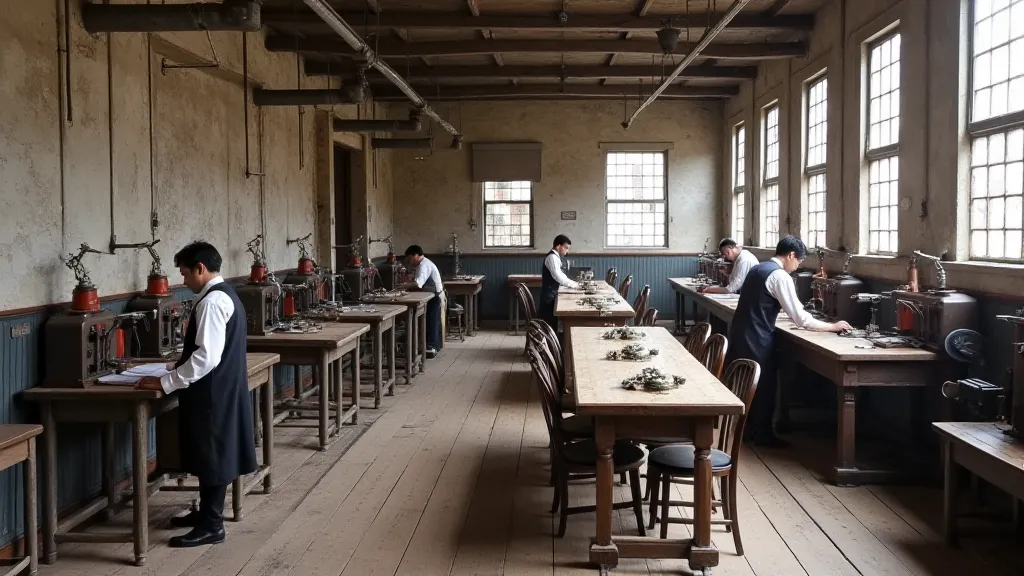
Materials and Manufacturing Techniques
Throughout the history of button making, a diverse range of materials have been employed. Common materials include:
- Horn: A traditional and readily available material.
- Bone: Similar to horn, offering a natural and relatively inexpensive option.
- Wood: Simple to work and often painted with decorative patterns.
- Metal (Brass, Pewter, Gold, Silver): Offered durability and the possibility for intricate designs.
- Glass: Introduced a new dimension of color and transparency.
- Celluloid & Plastics: These relatively new materials significantly impacted button production in the late 19th and 20th centuries, allowing for a wider array of colors and shapes.
Manufacturing techniques evolved alongside materials. Early buttons were hand-carved or molded. The introduction of stamping, die-casting, and molding machines automated the process, enabling the mass production of buttons in various shapes and sizes.
The 20th Century and Beyond
The 20th century saw a continued diversification of button materials and designs. The development of new plastics led to a wide range of inexpensive and colorful buttons. However, there was also a renewed interest in antique and collectible buttons, fueling a thriving market for vintage and handmade pieces. Today, antique buttons are prized by collectors for their beauty, historical significance, and craftsmanship.
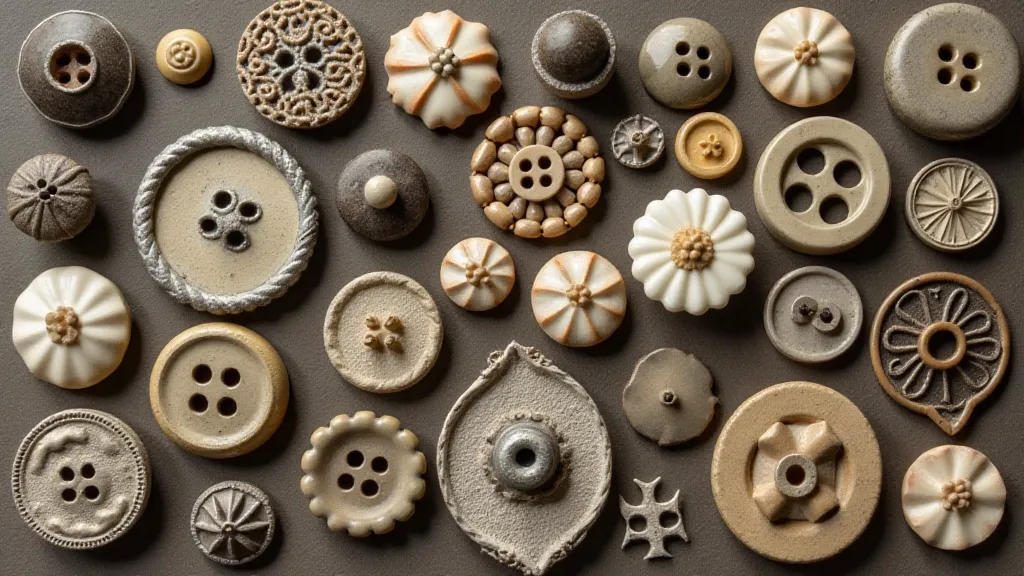
Collecting Antique Buttons
The history of button making is intricately woven into the fabric of our cultural heritage. Collecting antique buttons offers a unique glimpse into the past, providing insights into fashion, technology, and social customs. The variations in materials, designs, and manufacturing techniques offer a rewarding journey for anyone interested in history and the artistry of small, often overlooked, objects.
